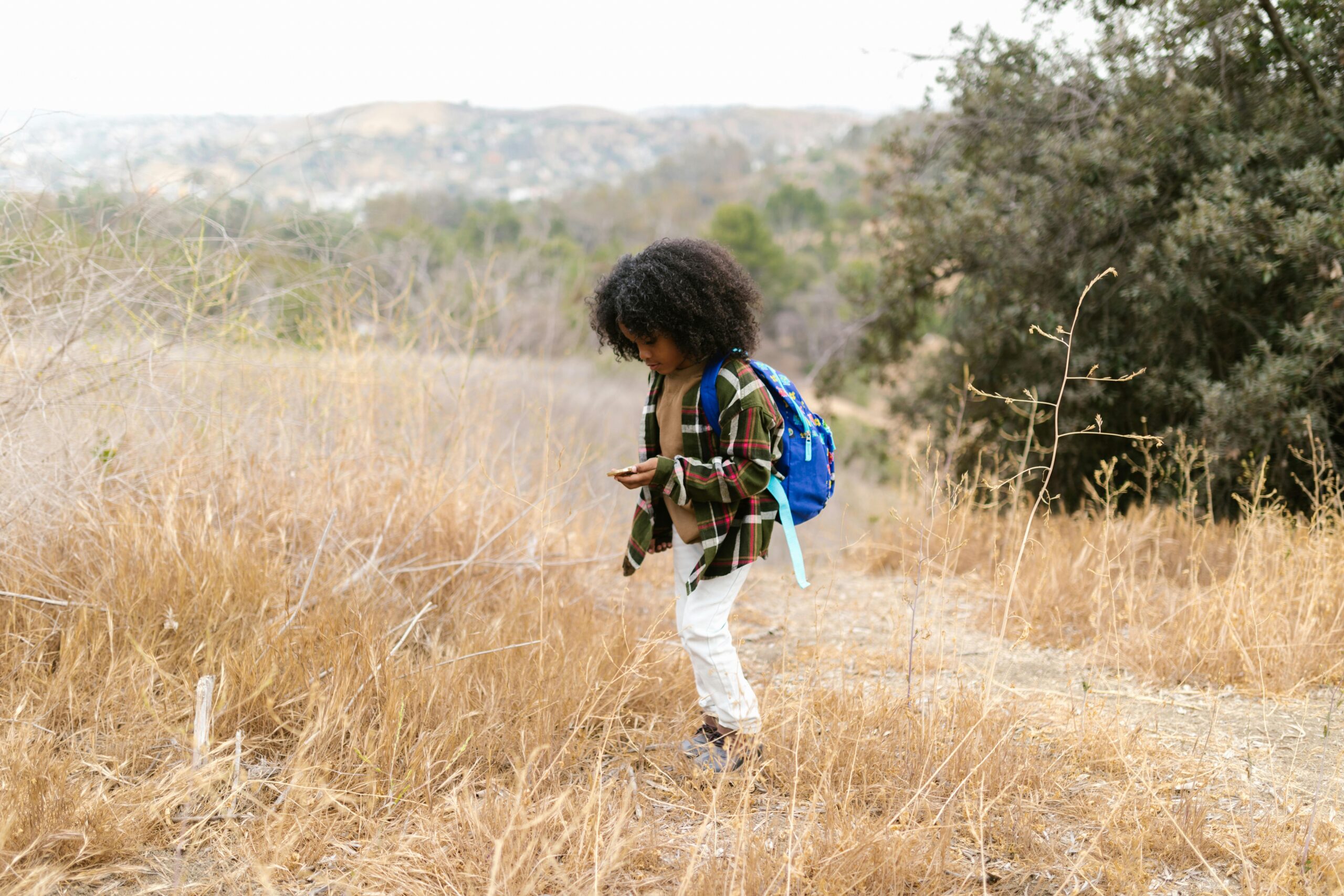Starting your hiking journey is exciting, but for many new hikers, it can also bring feelings of fear and uncertainty. Whether you’re worried about getting lost, encountering wildlife, or simply not being “outdoorsy” enough, stepping onto the trail with confidence takes preparation, practice, and the right mindset.
At Q&A Country, we believe everyone deserves the chance to explore nature fearlessly. With the right knowledge and approach, you can turn hiking from an intimidating challenge into an empowering adventure.
Let’s break down the key strategies for building trail confidence, overcoming fears, and learning to love the hiking experience.
1. Start Small and Build Up
Confidence comes with experience. Instead of tackling a challenging trail on your first hike, start small and gradually increase the difficulty.
Beginner-Friendly Steps:
- Choose Well-Marked Trails – Stick to clearly marked paths with minimal elevation gain.
- Opt for Short Distances – Start with 1-3 mile hikes before progressing to longer trails.
- Stay Close to Home – Exploring familiar areas builds comfort before venturing into remote locations.
💡 Pro Tip: Use hiking apps like AllTrails or Gaia GPS to find beginner-friendly trails and read reviews from other hikers.
2. Learn Basic Navigation Skills
One of the biggest fears for new hikers is getting lost. But with basic navigation knowledge, you can stay on track and feel more in control.
Navigation Must-Knows:
🗺 Study the Trail Map Beforehand – Understand key landmarks, elevation changes, and trail intersections.
📍 Use a GPS or Compass – Carry a physical map and compass in case your phone loses signal.
👣 Follow Trail Markers – Look for blazes, signposts, and cairns to ensure you’re on the right path.
📱 Download Offline Maps – Cell service isn’t always available—download maps in advance.
💡 Pro Tip: If you feel unsure about your navigation skills, hike with a more experienced friend or join a local hiking group.
3. Dress for Success & Pack the Right Gear
Feeling physically comfortable on the trail boosts confidence. Wearing the right clothing and carrying essential gear ensures you’re prepared for any situation.
Must-Have Hiking Gear:
🥾 Proper Footwear – Invest in hiking boots or trail runners that fit well and provide ankle support.
🎒 A Well-Fitted Backpack – A lightweight daypack carries your essentials without weighing you down.
🧥 Layered Clothing – Wear moisture-wicking layers to stay warm and dry in changing conditions.
💡 Headlamp or Flashlight – A backup light source helps if your hike lasts longer than expected.
🍫 Snacks & Water – Bring at least 1 liter of water per hour and high-energy snacks.
💡 Pro Tip: Test your gear on short walks before taking it on longer hikes to ensure comfort and functionality.
4. Overcoming Fear of Wildlife Encounters
Worried about encountering wildlife? The truth is, most animals avoid human contact, and by following a few simple precautions, you can hike with confidence.
Wildlife Safety Tips:
🦌 Make Noise While Hiking – Talking, clapping, or using trekking poles alerts animals to your presence.
🐻 Know Local Wildlife – Research which animals live in the area and understand their behaviors.
🚶 Hike in Groups – There’s safety in numbers! Hiking with a partner reduces the risk of animal encounters.
🍎 Store Food Properly – Keep snacks sealed and stored in your backpack to avoid attracting animals.
💡 Pro Tip: Carry bear spray in bear country and learn how to react to different wildlife encounters.
5. Trust Your Body & Build Physical Strength
Many new hikers fear they aren’t fit enough, but the key is to start at your own pace and gradually build endurance.
Tips to Improve Hiking Fitness:
🏋️ Practice on Local Walks – Walk on hilly terrain or stairs to strengthen your legs.
⏳ Take Your Time – Hiking isn’t a race! Slow, steady steps help conserve energy.
💨 Control Your Breathing – Use deep, steady breaths to prevent fatigue.
📍 Use Trekking Poles – These help with stability, balance, and reducing knee strain.
💡 Pro Tip: Stretch before and after hiking to prevent soreness and improve flexibility.
6. Hike With a Supportive Group
If you’re nervous about hiking alone, start with a group. Hiking clubs and guided hikes provide support, knowledge, and camaraderie.
Benefits of Group Hiking:
👥 Encouragement & Motivation – Being around others helps boost confidence.
📚 Learn From Experienced Hikers – Pick up trail tips and safety advice.
🎉 More Fun & Social Connection – Exploring nature with others creates lasting memories.
💡 Pro Tip: Find hiking groups through Facebook, Meetup, or local outdoor organizations.
7. Develop a Positive Trail Mindset
Confidence isn’t just about skill—it’s also about mindset. Believe in your ability to handle challenges and embrace the journey.
How to Stay Mentally Strong on the Trail:
🧘 Acknowledge Your Progress – Celebrate small wins, like completing a new trail.
🌱 Shift Your Perspective – View hiking as exploration, not competition.
🛑 Embrace Setbacks – Every hiker faces challenges—learn from them and keep going.
💡 Pro Tip: Journaling about your hiking experiences can help track your growth and build confidence.
Conclusion: Step Into the Trail with Confidence
Overcoming fear and uncertainty as a new hiker takes practice, preparation, and a positive mindset. By starting small, learning key skills, and trusting your abilities, you’ll find that hiking isn’t just about the trails—it’s about discovering your own strength.
🌿 Ready to hit the trail? Drop a comment below with your biggest hiking fear and how you plan to overcome it! Let’s support each other on this journey to outdoor confidence.




Leave a Reply